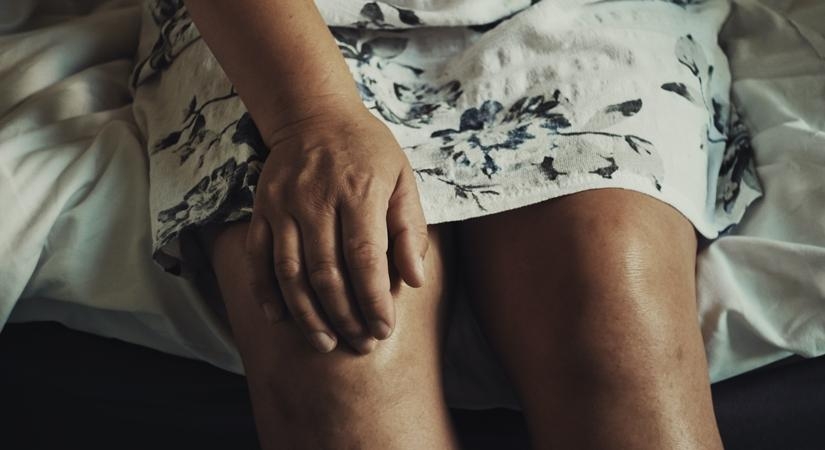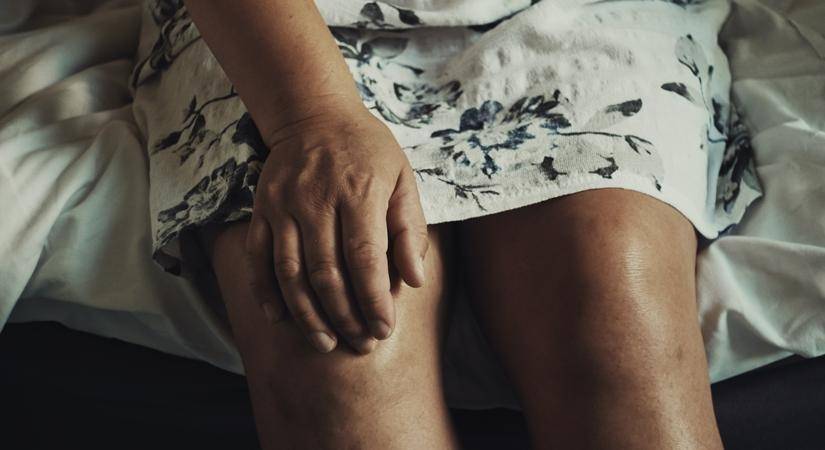Natural homeopathic medicines for osteoporosis can aid in the absorption of calcium from the bones as well as the treatment of shattered bones. Homeopathic remedies can also aid with bone pain…writes Dr. Mukesh Batra
Osteoporosis, also known as the “silent disease,” works quietly, gradually eroding bone strength and making people more vulnerable to critical fractures. According to the National Centre for Biotechnology Information, osteoporosis affects 61 million individuals in India, with women accounting for 80% of those impacted. In India, osteoporosis often strikes 10–20 years earlier than in Western countries. According to a ground-breaking study from this region, the prevalence rate of osteoporosis is 30.50%, which is approximately 14% lower than the rate of osteopenia, which is 44.20%. These findings emphasize the critical need for enhanced awareness and effective steps to tackle India’s growing health crisis.
The Stealthy Intruder: Osteoporosis
Osteoporosis is a condition that gradually weakens bones, rendering them fragile and susceptible to fractures, often referred to as “broken bones.” Tragically, many individuals remain oblivious to their osteoporosis until a fracture occurs. The hip, spine, and wrist are particularly vulnerable to fractures in individuals with osteoporosis, which can lead to chronic pain and a reduced quality of life.
Prevention of Osteoporosis
Treatment and exercises can help prevent bone density loss. People with osteoporosis are frequently unaware of their condition until they break a bone. These seem to have approximately 100 distinct kinds of osteoarthritis along with associated disorders. Osteoarthritis impacts individuals of all ages, races, and genders. Osteoporosis and arthritis can be difficult to treat because they are two different but occasionally crossing disorders. People with osteoporosis and arthritis should exercise on a regular basis to enhance joint flexibility, muscle strength, and balance. Weight-bearing workouts can also help bone strength.
The challenge arises when individuals find themselves grappling with both osteoporosis and arthritis simultaneously. These conditions, despite their distinct etiologies, can occasionally intersect, complicating the management of both. To address these dual diagnoses effectively, individuals must adopt a holistic approach that encompasses both bone and joint health.
Homeopathic Treatment for Bone Health
Homeopathic medicines are alternative treatments for healing weak bones and the issues that can arise as a result of them. Natural homeopathic medicines for osteoporosis can aid in the absorption of calcium from the bones as well as the treatment of shattered bones. Homeopathic remedies can also aid with bone pain.
Calcarea Phos is good medicine for patients who have weak, soft, brittle bones that become crooked, and Symphytum Officinale is the best natural remedy for treating fractures in osteoporosis. Silicea is a good remedy for cases in which bones are sensitive and tender, and Calcarea Carb helps in improving the health and strengthening of bones that are soft and brittle.
Lifestyle changes
Regular exercise is essential for controlling osteoporosis and arthritis. It not only increases joint flexibility, muscle strength, and balance, but it also helps to build bones. Weight-bearing workouts, which are especially beneficial for those with osteoporosis, increase bone density and reduce the risk of fractures. Low-impact workouts such as swimming and yoga can help arthritis patients relieve joint pain and stiffness.
Maintaining a calcium and vitamin D-rich diet is critical for bone health. Dairy products, leafy greens, and fortified diets are high in these essential elements. Adequate calcium and vitamin D intake promotes strong bones and lowers the risk of osteoporosis.
While osteoporosis and arthritis may be distinct health conditions, they occasionally overlap and present unique challenges. Managing both conditions necessitates a holistic approach that incorporates exercise, proper nutrition, and, for some, homeopathic remedies. It is vital for individuals to prioritize their well-being, seek medical attention when necessary, and heed the advice of qualified healthcare professionals. By taking proactive measures to fortify bones and joints, individuals can enhance their quality of life and minimize the risk of fractures. Always prioritize your safety and well-being by seeking adequate medical attention and following the advice of a qualified homeopath.
ALSO READ-Blueberries, the Antioxidant Powerhouse for Brain Health





